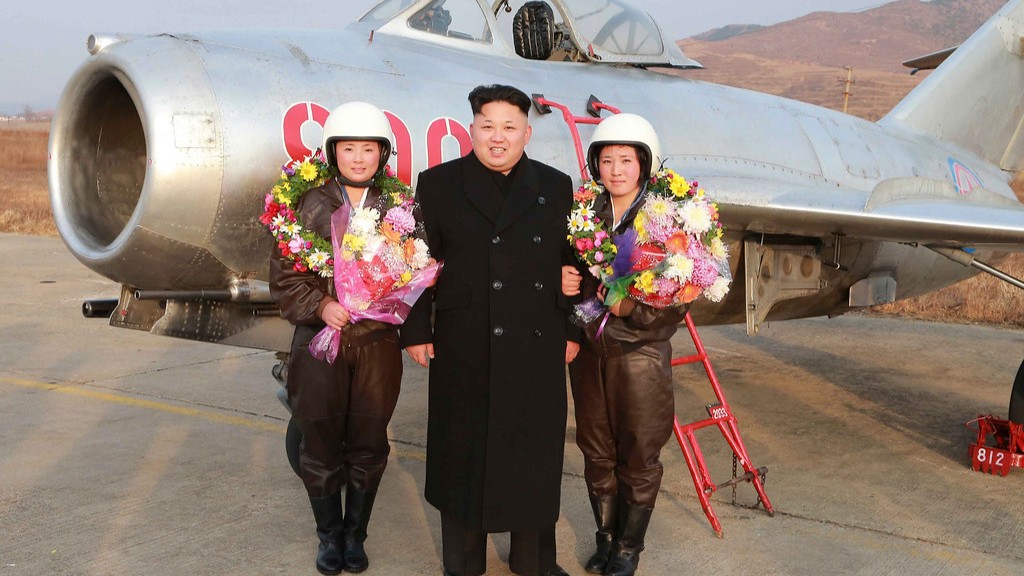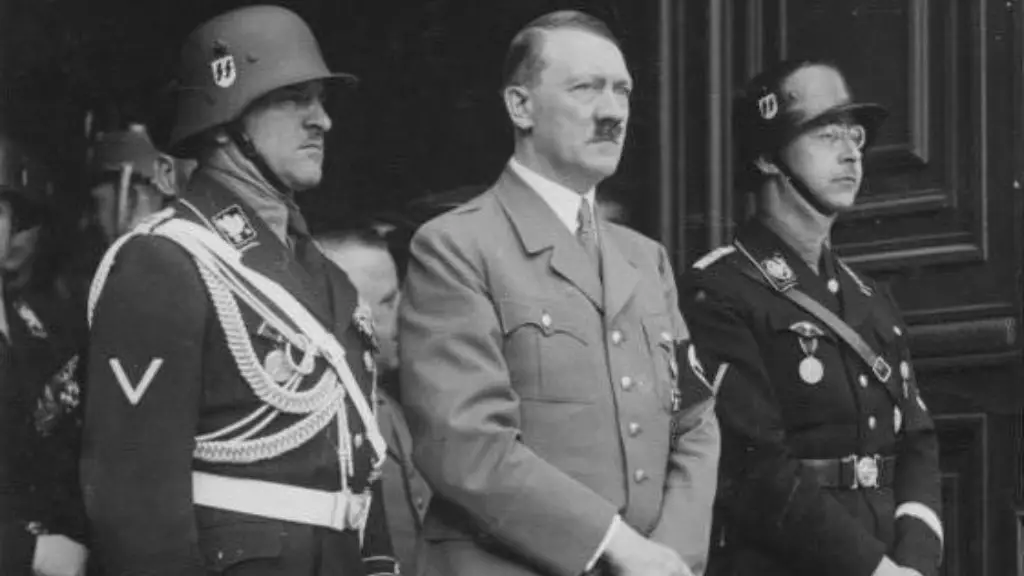Since Saddam Hussein was deposed as Iraq’s leader in 2003, the country has experienced a number of challenges. One of the biggest challenges has been maintaining security. Another has been rebuilding the country’s infrastructure after years of neglect. Iraq has also struggled to establish a new government and to find a way to share power among its various ethnic and sectarian groups.
After the fall of Saddam Hussein in 2003, Iraq experienced a period of intense violence. Tens of thousands of Iraqis were killed in sectarian fighting between Shiite and Sunni Muslims. Al-Qaeda also began operating in Iraq, carrying out a series of bombings and other attacks. In 2007, the U.S. sent additional troops to Iraq in an effort to quell the violence. This “surge” was successful in reducing violence, and by 2008 the situation in Iraq had stabilized.
What happened to Saddam Hussein after the invasion of Iraq?
Saddam Hussein, the former dictator of Iraq, was executed on December 30, 2006. The execution took place after an Iraqi court upheld his sentence. Saddam was convicted of crimes against humanity for his role in the killing of 148 Shia Muslims in the town of Dujail in 1982.
The current Prime Minister of Iraq is Mohammed Shia al-Sudani. He was appointed by the President and holds most of the executive authority. The Council of Ministers, which acts as a cabinet and/or government, was also appointed by him.
Is there still a war in Iraq
The United States formally ended its latest combat mission in Iraq in December 2011, in response to the growing Iraqi calls for withdrawal. Although the US no longer has troops in Iraq, it remains involved in the country through diplomatic and economic means. The US is working to support the Iraqi government as it continues to rebuild the country and stabilize the region.
The invasion of Iraq in 2003 led to the collapse of the Ba’athist government; Saddam Hussein was captured during Operation Red Dawn in December of that same year and executed three years later. The invasion had a significant impact on the country, leading to instability and violence that continues to this day.
What did Saddam say before he died?
It is reported that Saddam Hussein shouted “Allahu Akbar” and stressed that Iraqis should fight American invaders before he was executed. This serves as a reminder that even in death, Saddam remained defiant and committed to his belief in Islam and the Muslim Ummah. His final words are a rallying cry for continued resistance against the occupation, and underscore the importance of uniting against a common enemy.
It’s hard to believe, but Iraq was once a peaceful country. After it gained independence from British rule in the 1950s, Iraq experienced a period of relative peace. Although there was some limited violence, it was nothing compared to the bloodshed we see today. Unfortunately, this calm came to an end in the 1970s, and Iraq has been plagued by violence ever since.
Is Iraq a US ally?
The United States has long been a key partner for Iraq, and the two countries have enjoyed close relations in recent years. Iraq is now a key partner for the United States in the region as well as a voice of moderation and democracy in the Middle East. Iraq benefits from active government institutions, including an engaged legislature, and plays an increasingly constructive role in the region. The United States is committed to supporting Iraq as it continues to grow and develop its role in the region.
These companies are still in Iraq because they have signed multi-billion dollar deals with the Iraqi government to develop the country’s oil fields. While the security situation in Iraq is still unstable, these companies are willing to take the risk because of the high rewards that are possible.
What is the current situation of Iraq
Iraq’s social and political landscape has indeed changed drastically over the past year or so. The country has been caught in the middle of regional and global power competition, as well as facing its own health and economic crises. And, of course, the unprecedented uprising by peaceful demonstrators in October 2019 has led to the formation of a new government. All of these factors have combined to create a very different Iraq than the one that existed even just a few years ago. It will be interesting to see how these changes play out in the coming years.
Citizens of the United States can obtain a visa on arrival at airports in Iraq, including Erbil International Airport. All travelers to Iraq should make sure they obtain an exit stamp in their passport before leaving the country.
Are there US troops in Iraq right now?
The US combat mission in Iraq formally ended on 9 December 2021. As of 30 December 2022, the number of American forces in Iraq is estimated at about 2,000 soldiers deployed mainly in Al Asad Airbase, Camp Victory and Al-Harir Air Base.
The political crisis in Iraq between the parliamentary election in October 2021 and October 2022 was due to members of the Council of Representatives of Iraq being unable to form a stable coalition government, or elect a new President. This led to a period of instability and violence in the country, with many people fleeing the country.
How long did it take the US to destroy Iraq
The invasion phase of the Iraq War began on 19 March 2003, with the launch of a “shock and awe” bombing campaign by coalition forces. This was followed by a ground invasion on 20 March, which saw troops from the United States, the United Kingdom, Australia and Poland invade Iraq. The invasion lasted just over one month, during which time 26 days of major combat operations were conducted.
The wars in Iraq and Afghanistan have been costly in terms of human lives. Over 7,000 US troops have died fighting in these wars, and approximately 177,000 national military and police from Afghanistan, Pakistan, Iraqi, and Syria allies have also died. Western allies have also borne high human costs, with many troops dying in a variety of ways. These wars have been difficult and costly, but it is important to remember the human cost when thinking about the continuing conflict in these regions.
When did the US leave Iraq?
The United States military withdrew from Iraq in 2011 after failing to negotiate a status-of-forces agreement with the Iraqi government. The withdrawal of troops was a stunning reversal of the Bush administration’s decision to invade Iraq in 2003.
Saddam adhered to an eccentric interpretation of Islam that Ba’thist intellectuals had developed in the mid-twentieth century. For him and many other Ba’thists, Islam was the religion of the Arabs Muhammad was an Arab prophet who preached a divine message intended for his Arab followers.
Why did US invade Iraq
The Iraq War was a devastating conflict that lasted for over a decade. Tens of thousands of people were killed, wounded, or affected by the conflict. More than two million people were displaced, as well. The primary rationalization for the war was articulated by a joint resolution of the United States Congress known as the Iraq Resolution. The US claimed the intent was to “disarm Iraq of weapons of mass destruction, to end Saddam Hussein’s support for terrorism, and to free the Iraqi people”.
It’s very concerning to hear that Saddam Hussein was allegedly beaten while in prison. No one deserves to be treated like that, regardless of their crimes. Hopefully Saddam will get the justice he deserves in court and be able to heal from his injuries.
Final Words
After Saddam Hussein was removed from power in Iraq, the country became a republic governed by a federal parliamentary system. A new constitution was approved by the Iraqi people in a referendum in October 2005. Nouri al-Maliki became Prime Minister in 2006. Iraq held successful presidential and parliamentary elections in 2005 and 2010, respectively. violence and civil unrest increased from 2006 onwards as the Iraqi Security Forces (ISF) struggled to contain the insurgency by Sunni Arab extremists. In January 2009, the United States officially ended its combat mission in Iraq, although a small number of U.S. troops remain in the country to train and advise the ISF.
The Iraq war began in 2003 with the invasion of Iraq by a coalition force led by the United States. Saddam Hussein was deposed as Iraq’s leader and a new Iraqi government was installed. Saddam was tried by an Iraqi court and executed in 2006. In the years following the invasion, Iraq was plagued by insurgency, sectarian violence, and economic problems. In 2011, the last U.S. troops left Iraq, and the country has continued to struggle with violence and instability.





